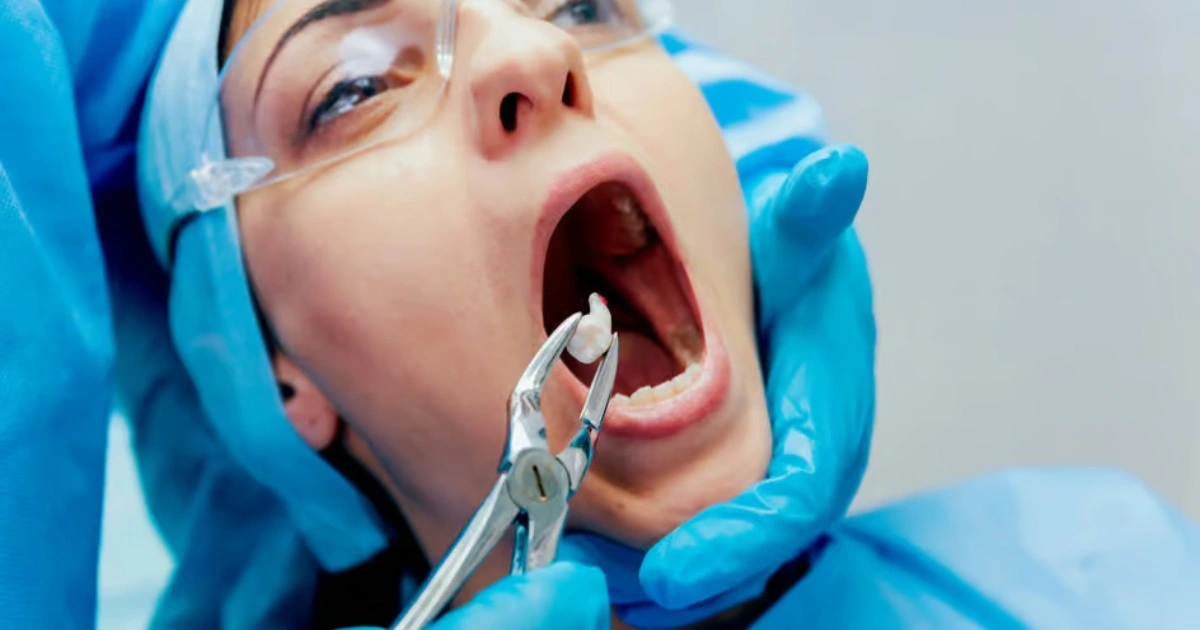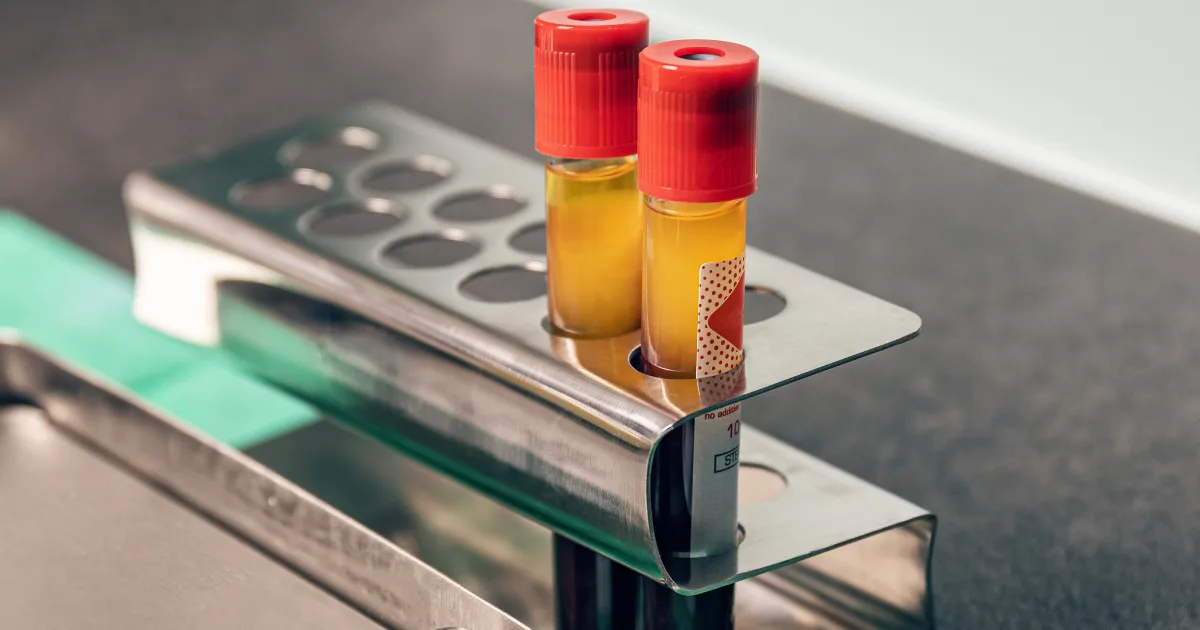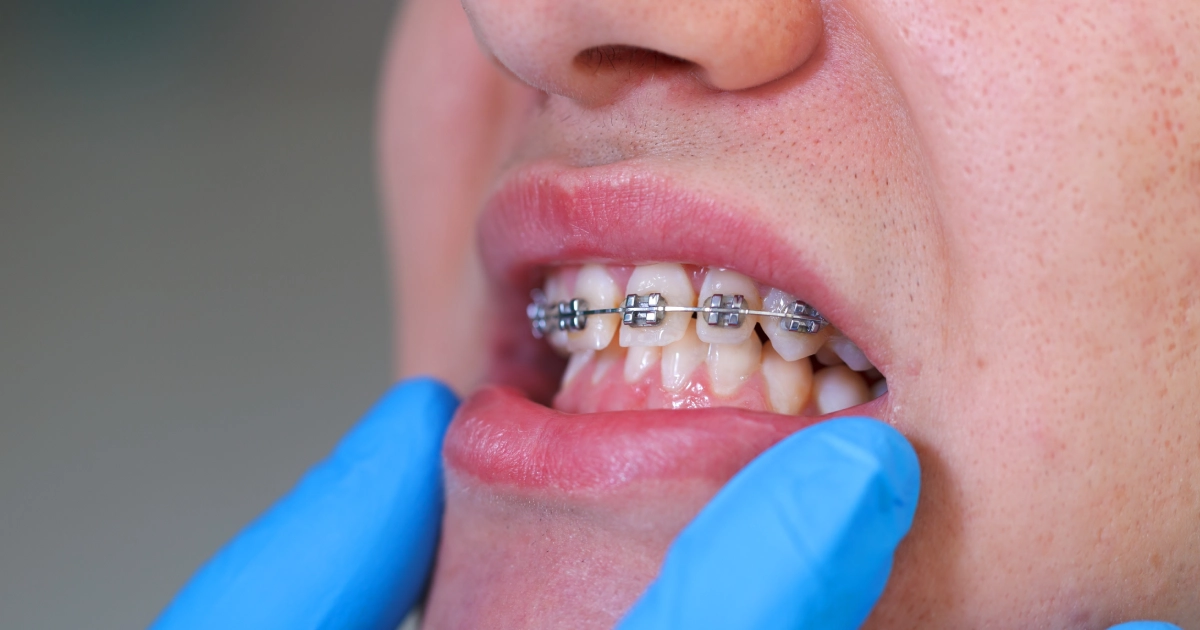Platelet-rich fibrin (PRF) is an increasingly popular regenerative therapy in oral surgery. This natural biomaterial derived from the patient’s own blood offers a range of benefits for those undergoing dental procedures. From accelerated wound healing to enhanced bone regeneration, PRF provides a versatile and patient-friendly solution that can improve outcomes and reduce complications. As the use of PRF continues to grow in oral surgery, it is crucial to understand the advantages this innovative treatment can provide. Here are the benefits of using PRF in oral surgery:
1.) Improved Wound Healing
One of the primary advantages of utilizing Platelet-Rich Fibrin (PRF) in oral surgery is its ability to promote enhanced wound healing. This natural biomaterial, derived from the patient’s own blood, is rich in growth factors and cytokines that play a crucial role in the body’s natural healing process.
The growth factors present in PRF, such as platelet-derived growth factor (PDGF), transforming growth factor-beta (TGF-β), and vascular endothelial growth factor (VEGF), stimulate the proliferation and migration of cells involved in wound healing, including fibroblasts and endothelial cells. This accelerates the formation of new blood vessels (angiogenesis) and collagen deposition, leading to faster closure and maturation of the surgical site.
2.) Reduced Inflammation and Pain
Platelet-rich fibrin (PRF) use in oral surgery has been shown to significantly benefit patients in terms of reduced inflammation and pain management. This natural biomaterial, derived from the patient’s own blood, possesses inherent anti-inflammatory properties that can help address these common post-operative concerns.
One key advantage of using PRF is its ability to help manage post-surgical swelling and discomfort. The growth factors and cytokines present in the PRF matrix, such as interleukin-4 (IL-4) and interleukin-10 (IL-10), have been found to have anti-inflammatory effects. These molecules can help modulate the inflammatory response, reducing the degree of swelling and accompanying pain that patients may experience following oral surgical procedures.
Furthermore, the use of PRF has been associated with a decreased need for pain medication in the postoperative period. The natural healing properties of PRF can help alleviate discomfort, allowing patients to recover more comfortably and with less reliance on potentially addictive or side-effect-prone pain relievers.
3.) Enhanced Bone Regeneration
The fibrin matrix within PRF serves as a natural scaffold that supports the migration and differentiation of osteogenic cells, which are essential for the formation of new bone. The growth factors present in PRF, such as bone morphogenetic proteins (BMPs) and transforming growth factor-beta (TGF-β), have been shown to stimulate the proliferation and differentiation of osteoblasts, the cells responsible for bone deposition.
This enhanced bone regenerative capacity of PRF has made it a valuable tool in procedures like dental implant placement, ridge preservation, and sinus lift surgeries. When used in conjunction with these procedures, PRF can help improve the integration of dental implants, promote the formation of new alveolar bone, and enhance the success of bone grafting techniques.
Furthermore, PRF’s autologous nature, being derived from the patient’s own blood, eliminates the need for synthetic or foreign bone grafting materials. This reduces the risk of immune rejection or adverse reactions, making the treatment more patient-friendly and biocompatible.
4.) Versatility in Oral Surgery Applications
Beyond its use in dental implant placement and bone grafting procedures, PRF has demonstrated its versatility in other oral surgery applications. In extraction socket management, the application of PRF can help preserve the alveolar ridge and accelerate the healing of the extraction site, facilitating subsequent prosthetic or implant-based rehabilitation.
In periodontal treatments, PRF has been used in conjunction with surgical techniques, such as guided tissue regeneration (GTR) and guided bone regeneration (GBR), to promote the regeneration of lost periodontal tissues, including alveolar bone, cementum, and periodontal ligament. This can improve outcomes in treating periodontal diseases and associated bone defects.
Furthermore, PRF can be combined with other regenerative techniques, such as bone substitutes or growth factors, to enhance the overall efficacy of the treatment. This flexibility allows clinicians to tailor the use of PRF to each patient’s specific needs and characteristics, optimizing the outcomes of the oral surgical intervention.
5.) Patient-Friendly Procedure
The patient’s blood is drawn, and the PRF is prepared using a simple, chair-side centrifugation process. This means that the material used in the surgical procedure is completely derived from the patient’s own biological components, reducing the risk of immune rejection or adverse reactions.
PRF utilizes the patient’s biological resources and eliminates the need to introduce foreign substances or grafting materials into the oral cavity. This can be particularly beneficial for patients with sensitivities or concerns about using synthetic or allogeneic materials.
Furthermore, the preparation of PRF is a minimally invasive procedure, typically requiring only a small blood draw from the patient. This contrasts with the more extensive harvesting procedures often associated with other regenerative therapies, such as bone marrow aspiration or adipose tissue harvesting.
The patient-friendly nature of PRF can contribute to a more favorable treatment experience for the individual undergoing oral surgery. Patients may feel more comfortable and empowered by the use of their own biological resources, fostering greater trust and satisfaction with the treatment process and its outcomes.
6.) Cost-Effectiveness
PRF is a relatively inexpensive option compared to other regenerative materials and technologies used in oral surgery. Its preparation involves a simple, chair-side centrifugation process that utilizes the patient’s blood, eliminating the need for costly synthetic or allogeneic grafting materials.
PRF’s cost-effectiveness can positively impact the overall treatment expenses for patients undergoing oral surgical procedures. By reducing the reliance on more expensive regenerative therapies, PRF incorporation can lower overall treatment costs for the patient.
Takeaway
If you or a loved one needs oral surgical care, consider incorporating Platelet-Rich Fibrin (PRF) into your treatment plan. At Access Oral Surgery, Dr. McKinney is dedicated to providing cutting-edge regenerative therapies like PRF to optimize surgical outcomes and enhance the overall experience.
By harnessing the power of your own blood components, PRF can accelerate wound healing, reduce inflammation and pain, and stimulate bone regeneration – all while being a cost-effective and patient-friendly solution. Our practice is committed to staying at the forefront of oral surgery techniques to deliver the best possible care to our patients. Contact us today and see where our services can serve you.




